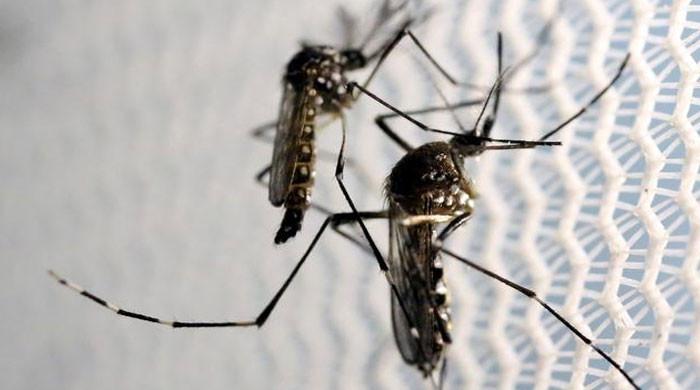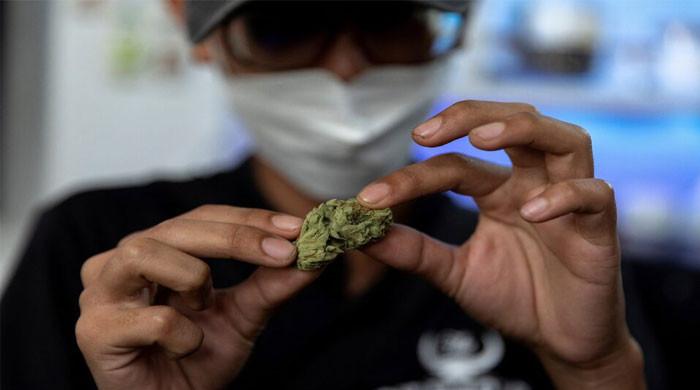'Opioids containing tranq likely to kill men more than women by overdose'
Xylazine is used as animal sedation and is not for humans. It is also called "tranq"
July 02, 2023

New reports suggested that the number of deaths related to drug overdoses — a powerful animal tranquilliser called xylazine — has increased in the past few years, with men more likely to take opioids having animal sedatives and die from their overdose than women, reported NBC News.
The data published by Centres for Disease Control and Prevention suggested that the percentage of fatal opioid overdoses containing xylazine rose by 276%, from 2.9% to 10.9% between January 2019 through June 2022.
It was the second report highlighting a similar trend of overdose-related deaths.
Xylazine is used as animal sedation and is not for humans. It is also called "tranq". People after its intake go unconscious for hours, leading to their aggressive behaviours and misconduct.
Dr Jeanmarie Perrone, director of Addiction Medicine Initiatives at the Perelman School of Medicine at the University of Pennsylvania, said: "With chronic use, tranq causes dramatic, disfiguring wounds, usually on a person's legs or arms. It's not clear why this happens, and it can occur regardless of whether the drug was snorted, smoked or injected."
National Institute on Drug Abuse stated that tranq is increasingly found laced in the illegal supply of fentanyl — a potent synthetic opioid responsible for 70,601 deaths in 2021.
A study by CDC in 2020 underscored a 30% surge in deaths related to overdose in the US from 2019 to 2020.
The majority of the deaths were due to illicit fentanyl.
After analysing death certificates starting from 2018, researchers found the rate of drug overdose deaths involving xylazine increased from .03 per 100,000 people to 1.06 per 100,000 people in 2021.
Despite the detection of xylazine in overdoses, there is no evidence about tranq increases the risk of death, however, the combination of xylazine and fentanyl causes adverse effects after withdrawal.
"Xylazine doesn't cause as much suppression of breathing as fentanyl does," said Perrone, who was not involved with the new research.
"While it might not cause as many fatalities, we're still really worried about the growing xylazine presence in the drug supply," Perrone said.
"There is a lot of tissue loss. There is a crater where their skin used to be, and it's easily infected."
The infections are so bad that it spreads and then make amputations sometimes necessary.
Does Naloxone work on tranq overdoses?
Naloxone is ineffective against xylazine because it is not an opioid. It is used as an emergency drug to reverse opioid overdoses quickly.
Naloxone should always be prescribed when an overdose is reported because naloxone is extremely effective in reversing the effects of fentanyl, experts noted.
"What we want naloxone to do is restore breathing, and it still works to restore breathing very effectively, even in the presence of xylazine," Perrone said.
"It may not wake the patient up because they may still be sleepy from their xylazine, but that is actually fine. We can get the patient to the hospital safely."
In the CDC study, naloxone was suggested in a small number of cases regardless of xylazine detection.
Is fentanyl more lethal?
The highest number of deaths were reported in Connecticut, Maryland and Pennsylvania where xylazine was also found.
"We have to be better at testing the different substances that are out there," said Dr Michael Baca-Atlas, assistant professor of family medicine and psychiatry at the University of North Carolina School of Medicine.
"It's so important to understand what the community is using and what's in the drug supply. It can change public health messaging very quickly." Baca-Atlas said who was not involved with the CDC study.
"It's 100% fentanyl. It is the first and foremost emerging threat because of its incredible lethality and potency in stopping breathing."









